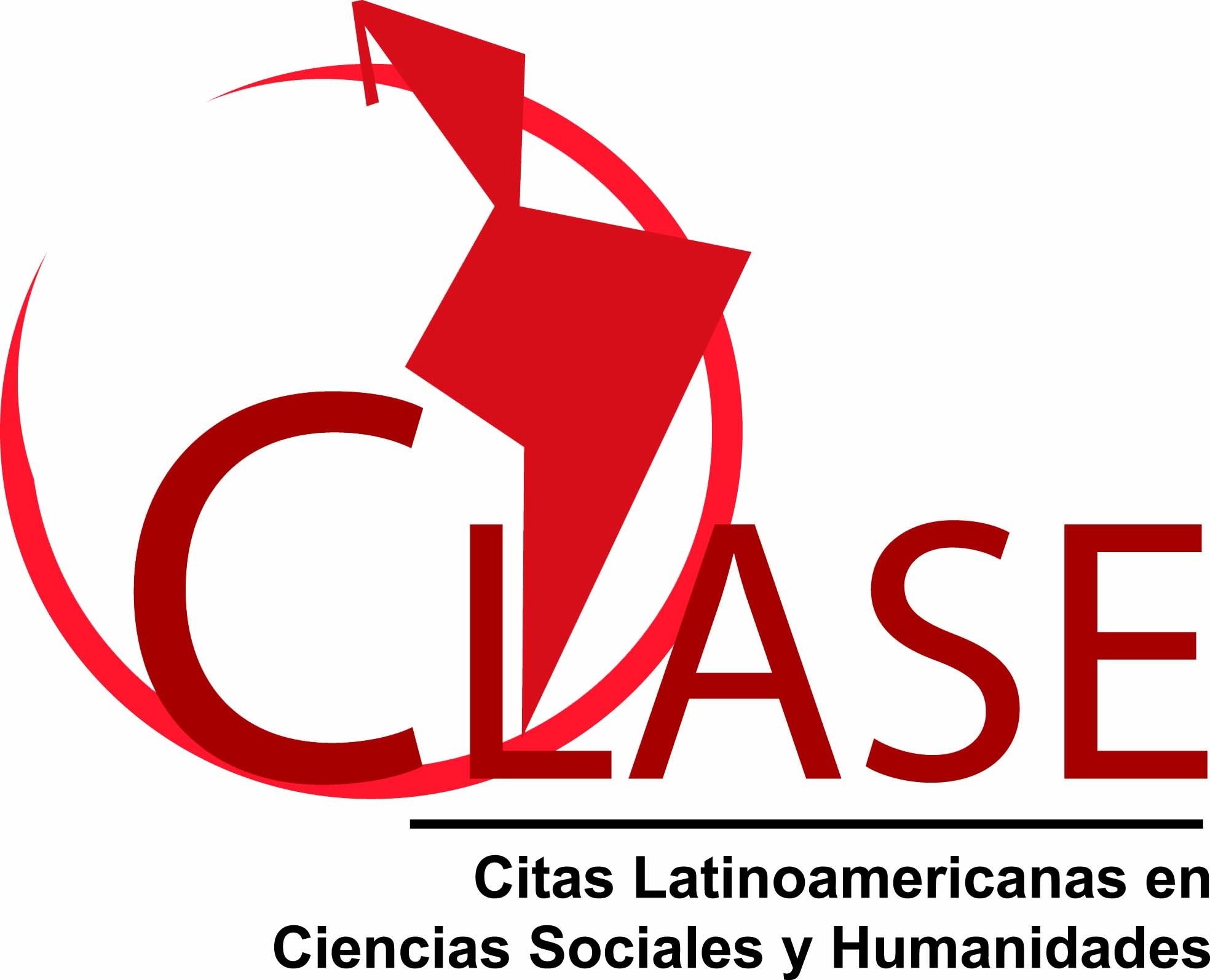Tārah 5©: modelo de intervención para la atención de la violencia contra las mujeres, las adolescentes y las niñas desde un enfoque de seguridad y procuración de justicia
DOI:
https://doi.org/10.36105/iut.2021n34.07Palabras clave:
violencia de género, feminicidio, impartición de justiciaResumen
Tārah 5 es un modelo empírico en desarrollo para combatir principalmente y de manera urgente, la violencia contra las mujeres, las adolescentes y las niñas interrumpiendo el continuo de la violencia para evitar más feminicidios. Ha sido ideado a partir del conocimiento y la experiencia sobre los sistemas existentes de seguridad y procuración de justicia en México, y sobre esta base se enfoca en la necesidad de identificar esfuerzos y estructuras existentes en una localidad para lograr que funcionen como un todo. La naturaleza de la violencia contra las mujeres, las adolescentes y las niñas requiere que cada caso se atienda de manera individual y de forma articulada. La dimensión del problema demanda explorar todas las formas y enfoques posibles para cambiar positivamente la realidad de millones de mujeres, adolescentes y niñas que hoy son víctimas de algún nivel de violencia por el solo hecho de ser mujeres; y las cifras de mujeres asesinadas exige respuestas urgentes. La que aquí se presenta es una propuesta que los autores hacen desde la conjunción de sus propias plataformas de especialización.
Descargas
Referencias
Bibliografía
Butler, Judith, Gender trouble: Feminism and the subversion of identity, New York, NY, Routledge, 1993.
Cockburn, Cynthia, “The Continuum of Violence: A Gender Perspective on War and Peace”, Wenona Giles, Sites of Violence: Gender and Conflict Zones, California Scholarship Online: March 2012, https://doi.org/10.1525/california/9780520230729.001.0001.
Cuarto Poder, “Mujer asesinada pidió auxilio 16 veces”. https://www.cuartopoder. mx/nacional/mujer-asesinada-pidio-auxilio-16-veces/311067/.
Declaración sobre la eliminación de la violencia contra la mujer, proclamada por la Asamblea General en su resolución 48/104 de 20 de diciembre de 1993, https://www.ohchr.org/EN/ProfessionalInterest/Pages/ViolenceAgainstWomen.aspx
Galtung, Johan, Violence, Peace, and Peace Research, Journal of Peace Research, vol. 6, núm. 3 (1969), pp. 167-191, Published by: Sage Publications, Ltd.Stable. http://www.jstor.org/stable/422690.
Gould, Laurie A., “Exploring the Relationship Between Gender Violence and State Failure: a CrossNational Comparison”, Georgia Southern University, Sta tesboro, USA, Violence Against Women 2016, vol. 22(11), 1343–1370, p. 1344, sagepub.com/journalsPermissions.nav, https://doi.org/10.1177/1077 801215624790.
Gray, Harriet and Cockburn, Cynthia, “Anti-Militarism: Political and Gender Dynamics of Peace Movements”, International Feminist Journal of Politics, 16:1, 168-170, https://doi.org/10.1080/14616742.2013.876293, 2014, https:// doi.org/10.1080/14616742.2013.876293.
Henkeman, Sarah et al, Transdisciplinary project for social justice, Open Guide to a Deeper, Wider and Longer Analysis of Violence, 2016. https://www.researchgate.net/publication/312587585_Open_Guide_to_a_Deeper_Wider_ and_Longer’_analysis_of_violence.
Hughes, Melany, “The intersection of gender and minority status in national legislatures: The minority women legislative index”, Legislative Studies Quarterly, XXXVIII, 4, November 2013, 489, https://doi.org/10.1111/lsq.12025.
Jayakumar, Kirthi, “Redrawing the Galtung Triangle-Finding Place for Healing Trauma”, Peace Work, 17 Jun 2019. https://www.transcend.org/tms/2019/06/ redrawing-the-galtung-triangle-finding-place-for-healing-trauma-in-peacework/.
Kindervag, John, Build Security into your network’s DNA: The Zero Trust Network Architecture, Forrester Research, Inc., 2010. http://www.virtualstarmedia.com/downloads/Forrester_zero_trust_DNA.pdf
Mason, Corinne, Surveillance Studies and Violence Against Women, Surveillance & Society, University of Ottawa, Canada, 2012.
Moser, Caroline, The gendered continuum of violence and conflict: An operational framework, 2001. In: Caroline Moser and Fiona Clark (eds), Victims, Perpetrators or Actors? Gender, Armed Conflict and Political Violence. London: Zed Books. In: A holistic approach to violence: Women parliamentarians’ understanding of violence against women and violence in the Kurdish issue in Turkey, p. 78, European Journal of women’s Studies 2016, vol. 23(1) 76–92, 201. sagepub.co.uk/journalsPermissions.nav, https://doi. org/10.1177/1350506814554487.
Scheper-Hughes, Nancy, Death Without Weeping: The Violence of Everyday Life in Brazil, University of California Press, 1992, p. 614.
Sentencia de la Suprema Corte de Justicia de la Nación, Caso Mariana Lima Buendía, 2015.
Spotlight Initiative to eliminate violence against women and girls, Terms of Reference 2017-2023, UN & EU, 2017.
The World’s Women 2015, Trends and Statistics, Chapter 6, Violence against Women, United Nations Department of Economic and Social Affairs, 2015
and UN Women Global Database on Violence against Women. https://unstats. un.org/unsd/gender/ downloads/Ch6_VaW_info.pdf
United Nations Sustainable Development Goal 5 Achieve gender equality and empower all women and girls. https://sustainabledevelopment.un.org/sdg5.
Wood, Julia T., On the Eve of Women’s Studies in Communication’s 40 Year Anniversary, The University of North Carolina at Chapel Hill, 2014.

Publicado
Número
Sección
Licencia

Esta obra está bajo una licencia internacional Creative Commons Atribución-NoComercial-CompartirIgual 4.0.
Iuris Tantum se distribuye bajo una licencia internacional Licencia Creative Commons Atribución-NoComercial-CompartirIgual 4.0 Internacional.
El autor conserva los derechos patrimoniales sin restricciones y garantiza a la revista el derecho de ser la primera publicación del trabajo. El autor es libre de publicar en cualquier otro medio su artículo, como un repositorio institucional.

























